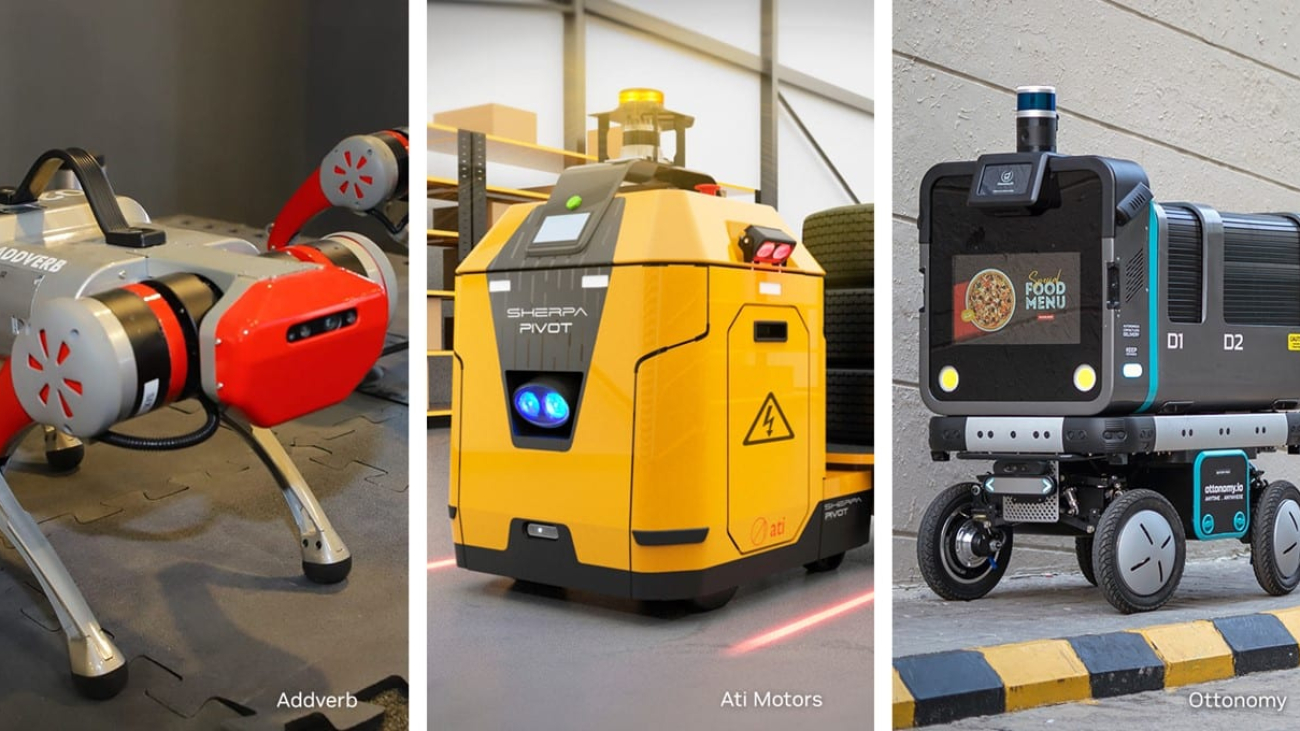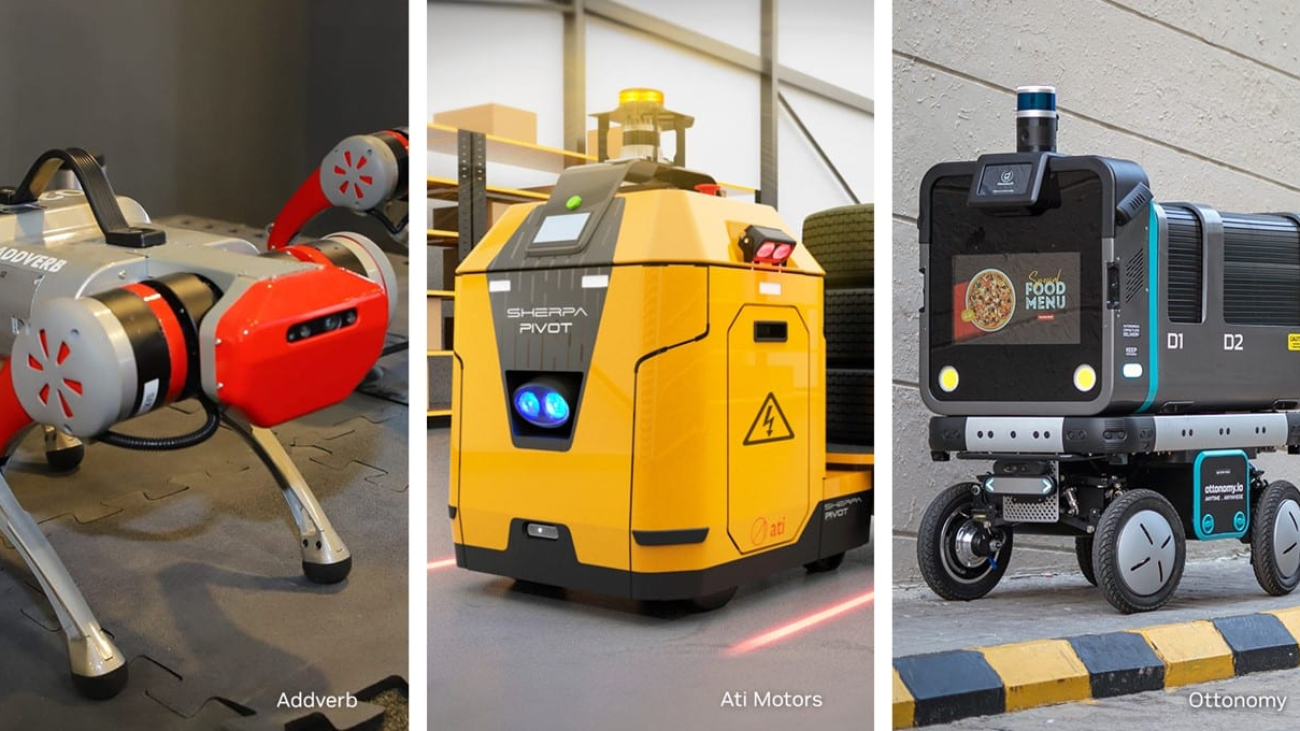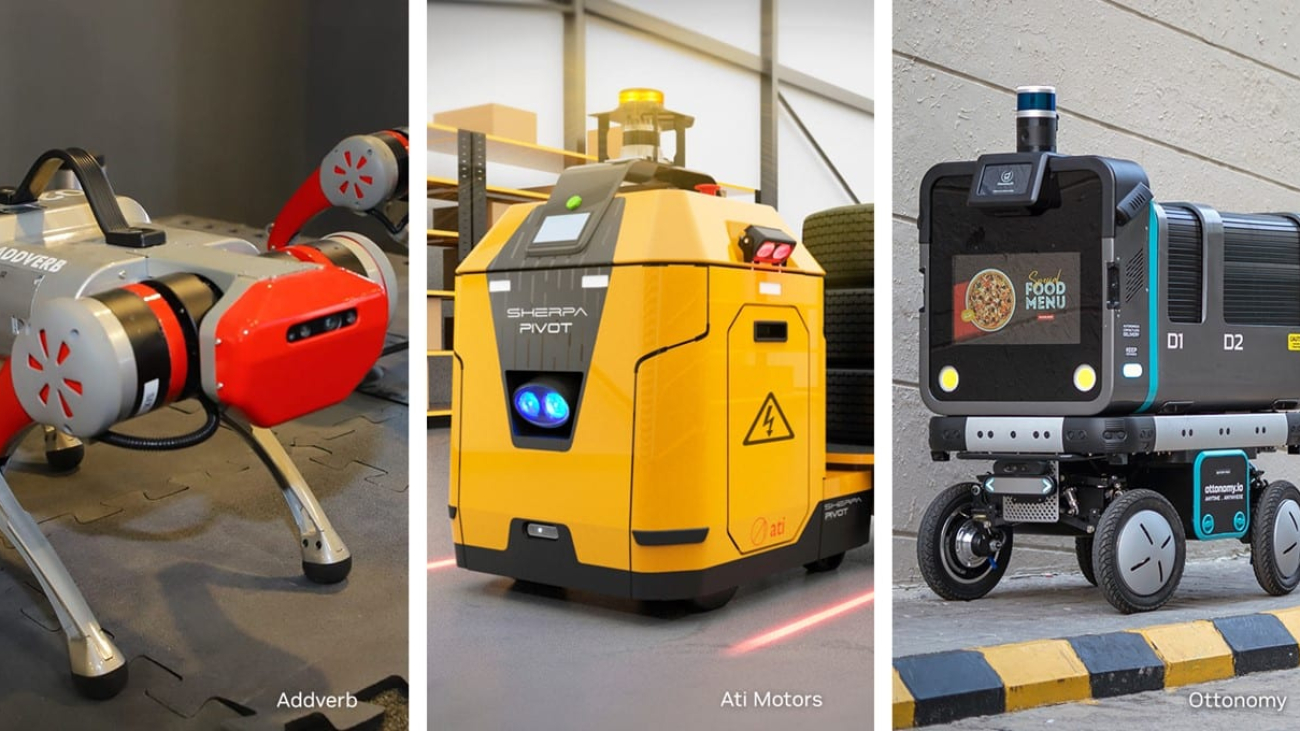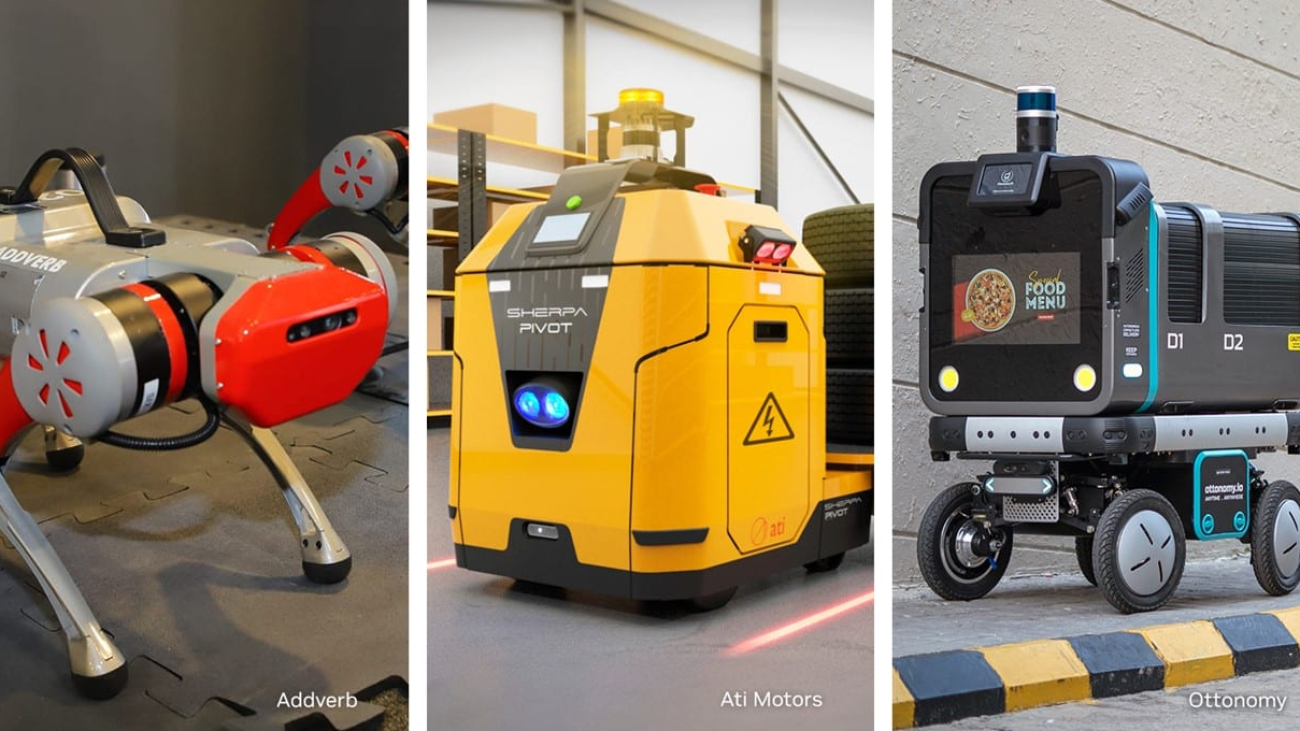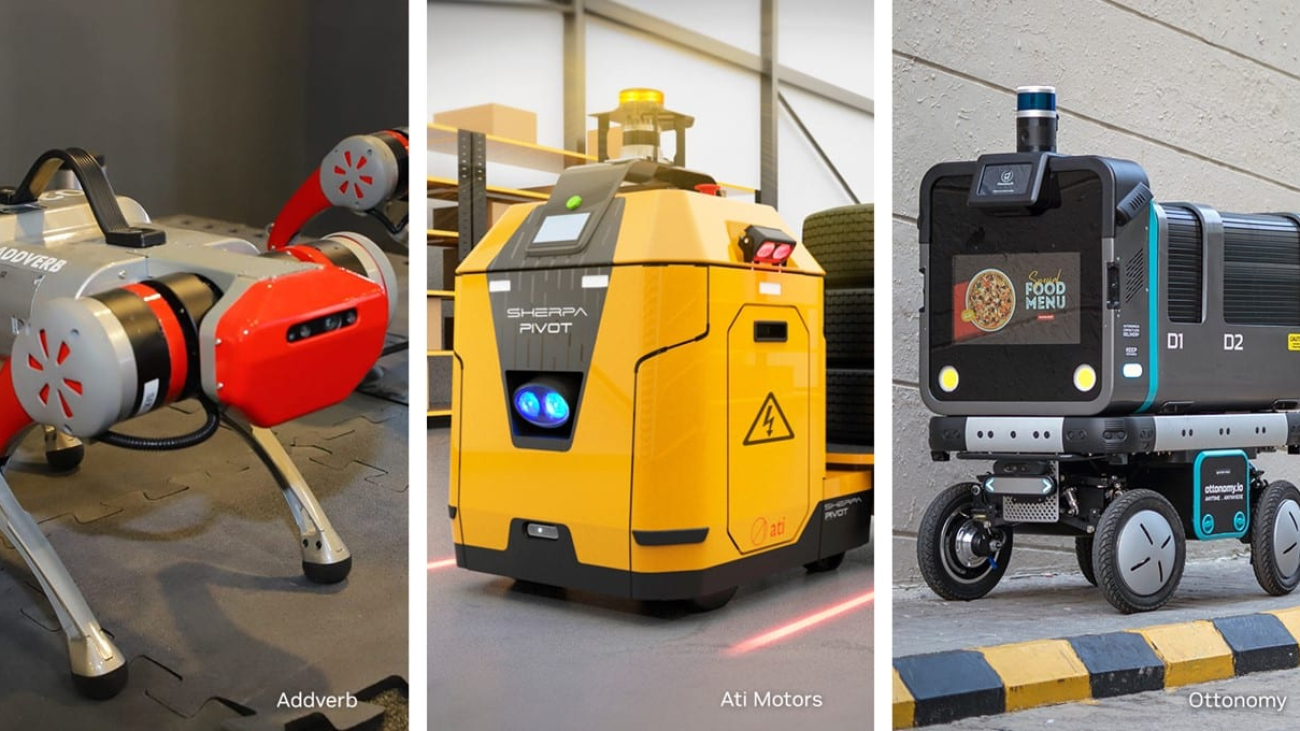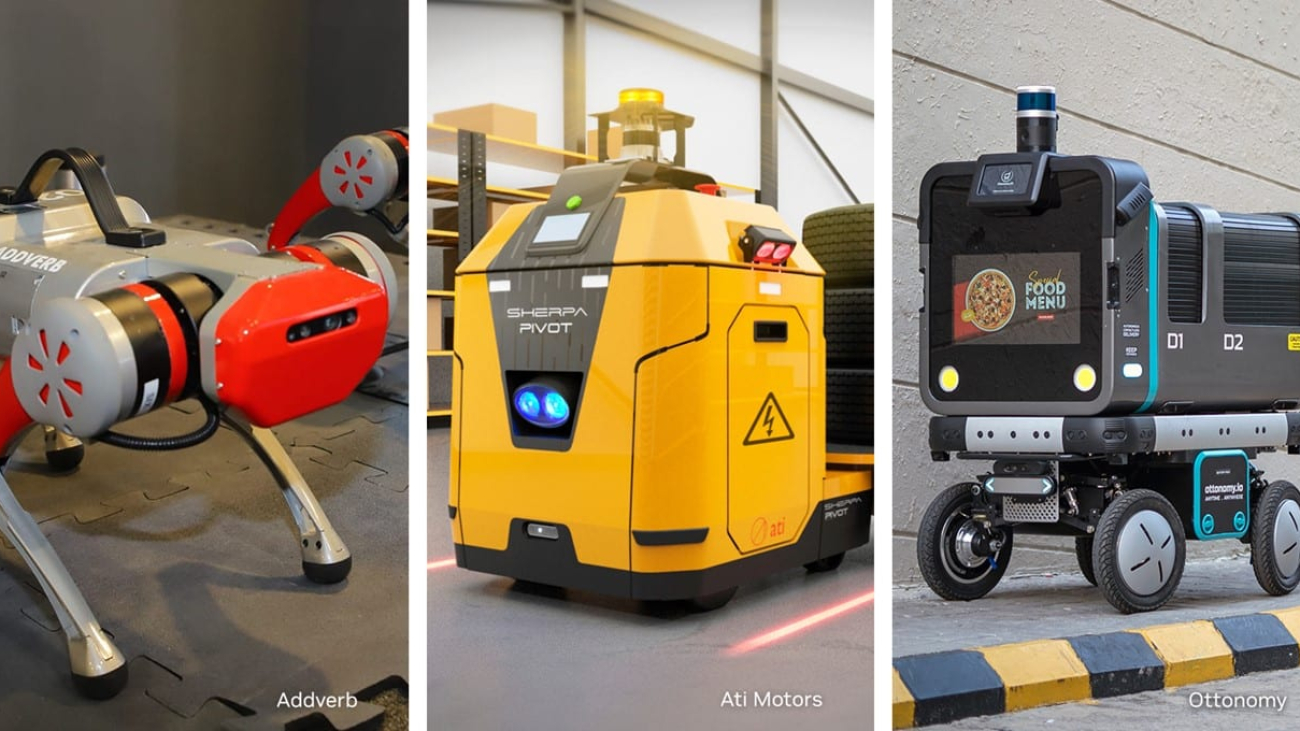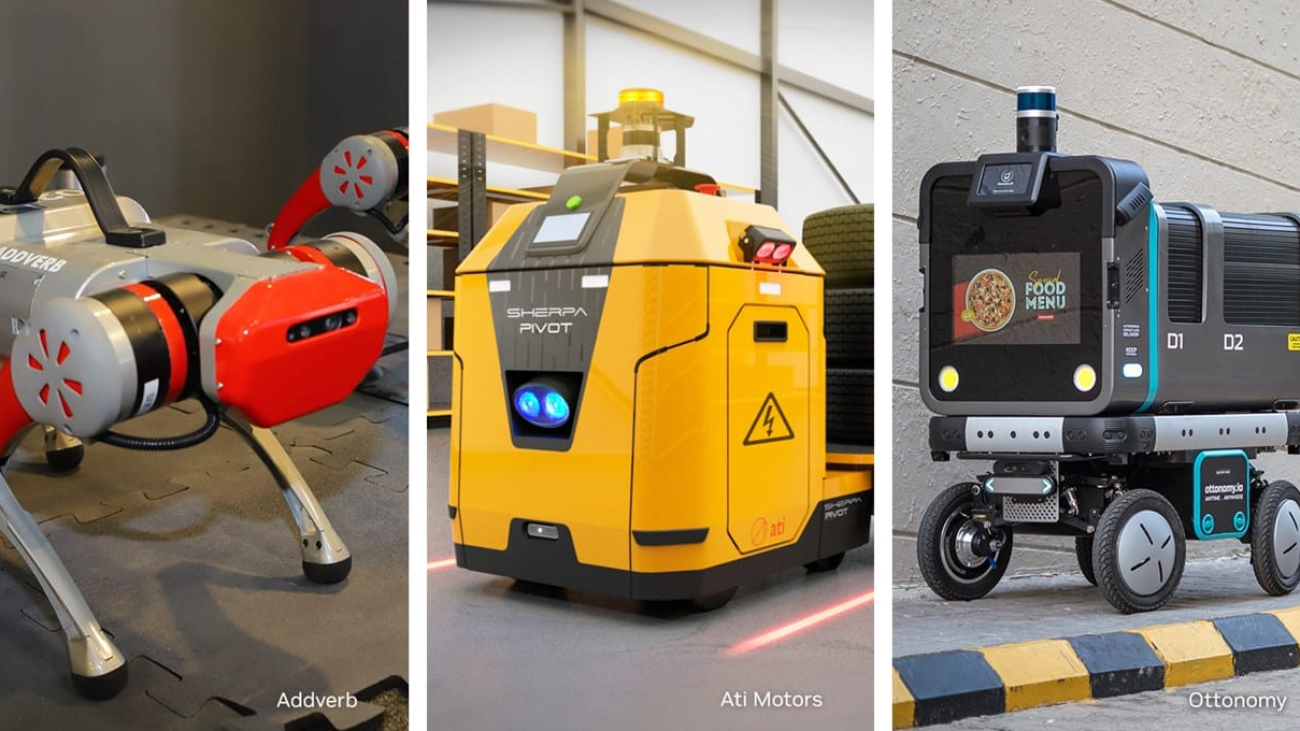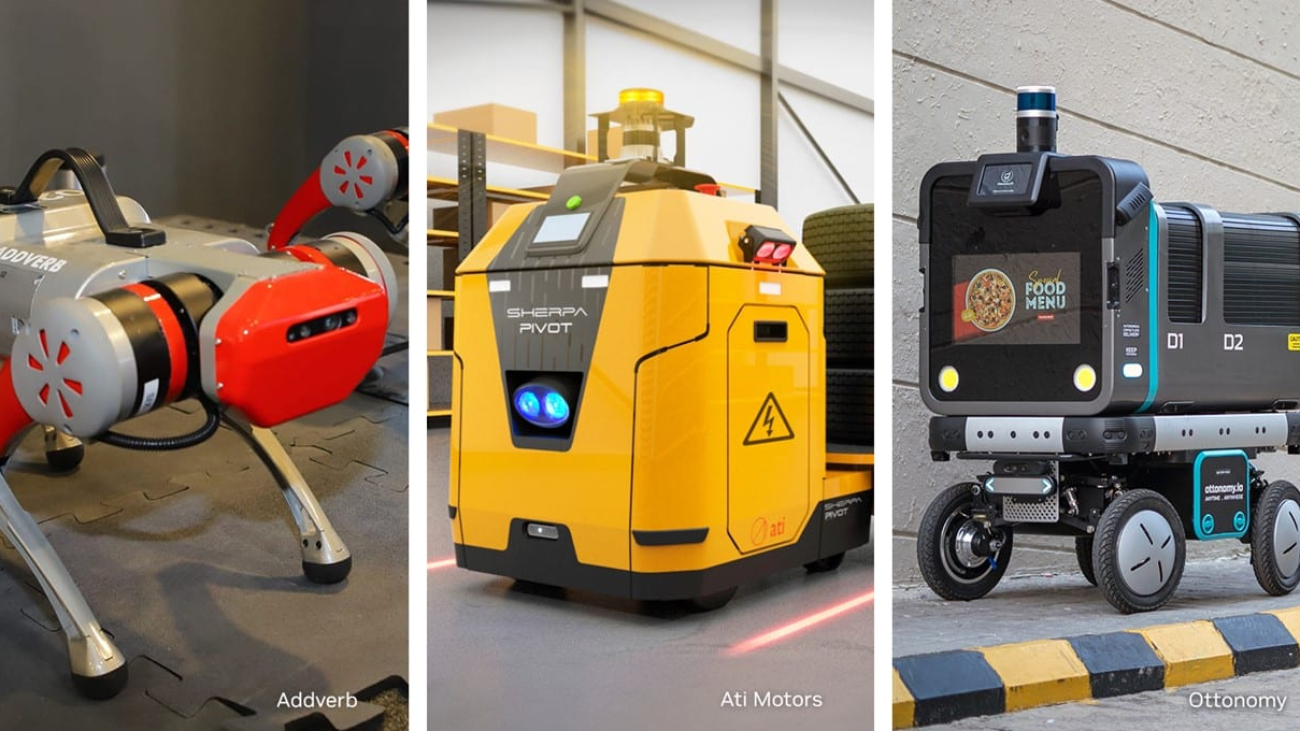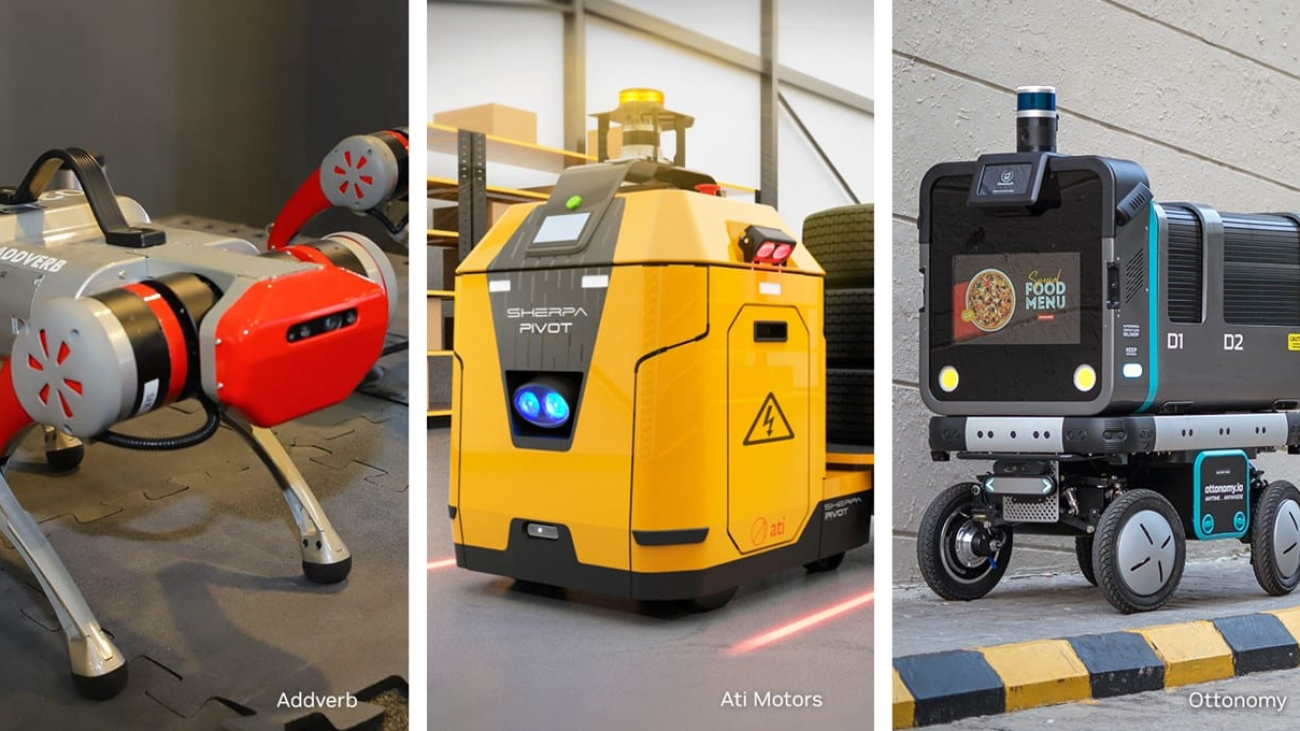In vast warehouses, Addverb’s robots work tirelessly, picking, sorting and delivering products with precision.
Across frozen Oslo, Norway, Ottonomy’s Yeti robots assist in navigating icy streets as part of a trial with Posten Norge for urban deliveries, while in sun-soaked Madrid, they autonomously cruise bustling avenues, supporting last-mile delivery services.
AI-powered robots are revolutionizing industries worldwide, and Indian innovators — like Addverb, Ati Motors and Ottonomy — are leading the charge, powered by NVIDIA’s accelerated computing, simulation, robotics and AI platforms.
According to ABI Research, the installed base for industrial and commercial robots is projected at 5.4 million units by 2024, with annual shipments expected of 1.3 million. By 2030, these numbers are forecast to grow significantly, with over 15 million installed robots and more than 4 million annual shipments.
This explosive growth represents a massive opportunity for India, a country known for its software and engineering expertise.
Companies like Ottonomy, with its cutting-edge Ottobot 2.0 featuring swerve-drive technology, are pushing the boundaries of automation.
As members of the NVIDIA Inception program for startups, over 25 robotics companies — such as Xmachines, Machani Robotics, Drishti Works, ANSCER Robotics and Orangewood Labs — are driving innovations across sectors like industrial automation, healthcare and smart cities.
These startups are scaling quickly, transforming industries both locally and globally. The NVIDIA AI Summit in Mumbai will highlight how NVIDIA’s platforms are enabling the next wave of robotics advancements.
Here’s a look at key players putting NVIDIA technologies to work across India and beyond.
Addverb: Driving Global Robotics Innovation
From its Noida headquarters, Addverb is setting new standards in industrial automation with the launch of Bot-Verse, a large-scale facility capable of producing 100,000 robots annually.
At the AI Summit, Addverb will showcase how the NVIDIA Isaac Sim and Omniverse platforms are used to create digital twins of real-world environments, enabling the testing and optimization of robots with synthetic data.
The NVIDIA Jetson Orin NX and TensorRT platforms also power Addverb’s robots, enhancing their ability to perform complex warehouse tasks with greater efficiency and reduced downtime.
High-profile clients rely on Addverb’s automation solutions to significantly boost operational efficiency.
Ottonomy: Redefining Last-Mile Delivery
Ottonomy is currently using the NVIDIA TensorRT deep learning inference library along with NVIDIA Jetson working with its Contextual AI software to make it more robust for running robots in dynamic environments.
Its latest creation, Ottobots, features swerve-drive technology, enabling zero-radius turns for smooth navigation in tight spaces, indoors and out.
With headquarters in California and R&D in Noida, India, Ottonomy is making waves, particularly in the healthcare, retail, food and beverage, and e-commerce delivery markets.
Its autonomous delivery systems are deployed at customers across North America, Europe and the Middle East.
Ati Motors: Pioneering Autonomous Vehicles in India
Ati Motors, based in Bengaluru, is redefining autonomous vehicle technology with its focus on industrial-grade autonomous electric vehicles, which are built with NVIDIA Isaac Sim and NVIDIA Jetson for edge AI.
The company, which recently completed a $10.83 million Series A funding round, is driving innovation in industrial automation, particularly within the automotive and manufacturing sectors.
Ati Motors’ Sherpa line of electric autonomous vehicles is designed to operate in complex environments such as factories and warehouses, using advanced AI for precision navigation and real-time decision-making.
The Sherpa autonomous mobile robots can navigate challenging terrains, including outdoor and rugged industrial environments, all without requiring modifications to existing infrastructure. This allows seamless integration into diverse operational settings, from factory floors to open yards, enhancing efficiency without disrupting existing workflows.
For instance, the Sherpa Lifter benefits from NVIDIA Isaac Sim’s realistic physics-based simulations for training and testing before real-world deployment. The synthetic data generated in Isaac Sim enables comprehensive testing of Sherpa Lifter’s critical functions, enhancing its robustness and precision in varied factory environments.
NVIDIA Robotics Technologies Transforming Industries
Powered by NVIDIA’s world-class AI and robotics platforms, these and other innovators across India are transforming industries from e-commerce to smart cities.
India’s vibrant robotics and edge AI ecosystem includes members of the NVIDIA Partner Network providing AI services, product design and manufacturing and sensor solutions to accelerate time to market for robotics developers and customers globally.
As more companies embrace these cutting-edge technologies, India is rapidly becoming a global leader in automation and robotics.
Tune in to the livestream of NVIDIA founder and CEO Jensen Huang at the NVIDIA AI Summit India or catch sessions on-demand.
Learn more about NVIDIA robotics and edge AI.

